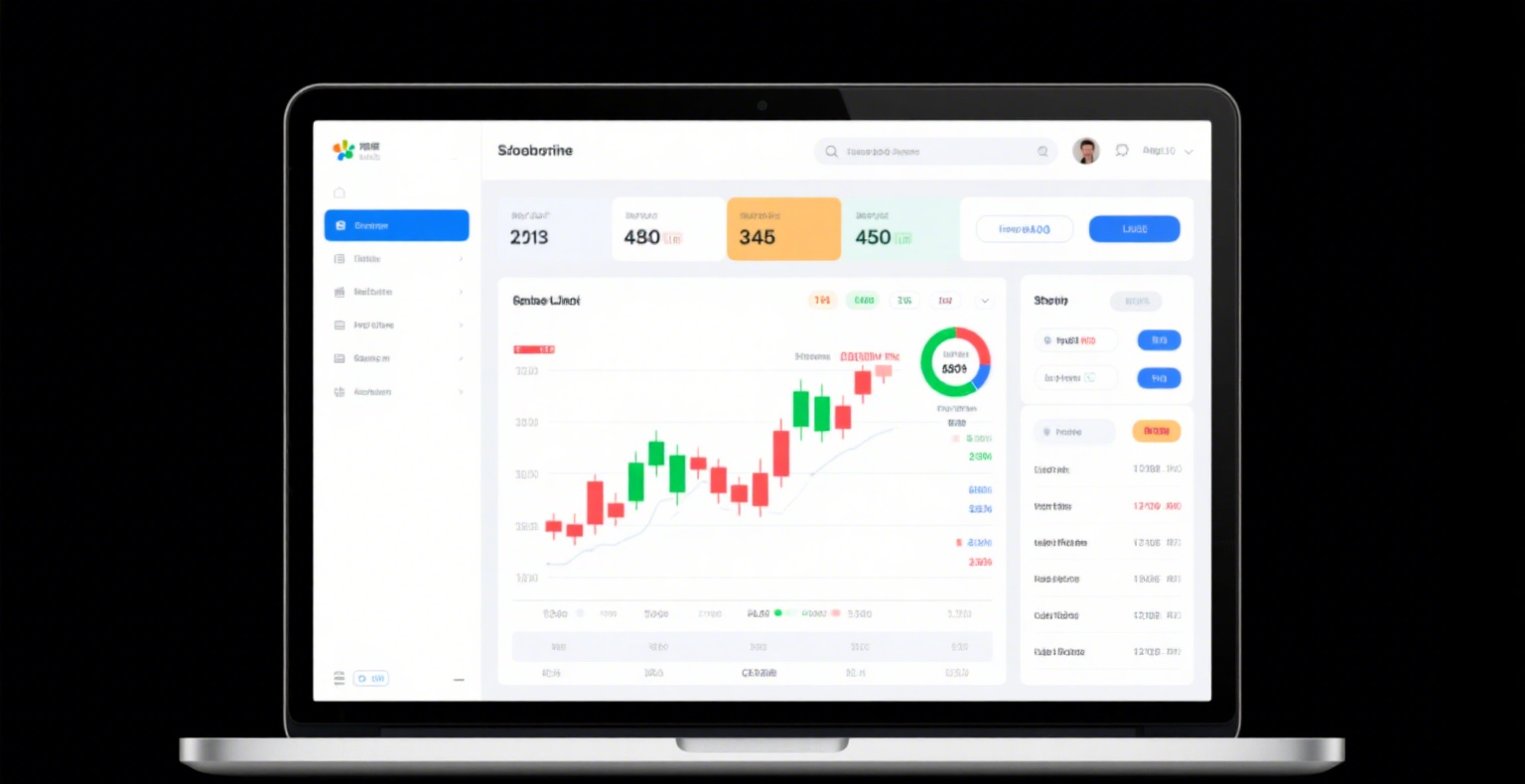Futures! A Comprehensive Guide to Futures Trading for Ordinary Investors
What are futures? Many people don’t understand futures and believe they are riskier than stocks. Let’s demystify this "financial beast."

Mr. Chen, a supermarket owner at the corner of a commercial street, has been troubled by rising raw material prices. Seeing eggs priced at ¥5 per pound in the market, he worries that prices will surge during the procurement season three months later. He decisively signs an agreement with farmer Uncle Zhang: "No matter the market price at that time, I will purchase 1,000 pounds of eggs at ¥5 per pound." This seemingly ordinary forward procurement contract is, in fact, the most basic form of futures trading.
The futures market is like a never-ending super trading fair, where participants agree to buy or sell commodities or financial products at a predetermined price on a specific future date. The traded assets include physical commodities like soybeans and crude oil, as well as financial futures such as stock indices and government bonds. Investors seek opportunities by trading standardized contracts amid price fluctuations.
Why Do People Choose Futures Trading?
-
Price Risk Management: Like Mr. Chen locking in procurement costs, businesses often use futures for hedging to mitigate price volatility risks.
-
Speculative Profits: Ms. Li predicts apple prices will drop from ¥5 to ¥3, so she "shorts" apple futures, waiting to buy back at a lower price to close the position and profit.
-
Leverage Effect: The "small bets, big gains" mechanism allows trading full contract values with just 10% margin, but it also magnifies potential risks.
A real-world case highlights the value of futures: In early 2020 during the pandemic, mask manufacturer Mr. Zhao locked in melt-blown fabric prices through futures. When spot market prices tripled, his company maintained stable production.
Beware of the Three Pitfalls of Futures Trading
-
Double-Edged Leverage: With ¥10,000 and 10x leverage, you can trade ¥100,000 contracts. A 10% price swing can double your capital or wipe it out instantly.
-
Mandatory Settlement: Unlike stocks, futures contracts have expiration dates, requiring physical delivery or closing positions beforehand.
-
Overnight Volatility Risk: Most futures support night trading. Investors might wake up to drastic changes in their account balances.
A painful lesson: Investor Xiao Liu went all-in on crude oil futures and encountered the rare "negative oil price" event, losing not only his principal but also owing massive debts to the futures firm.
Survival Rules for Beginners
-
Practice with Simulated Trading: Use futures firms’ demo systems for at least three months to learn the rules.
-
Strict Capital Management: Limit single trades to 5% of idle funds and avoid leverage.
-
Stop-Loss Protection: Always set stop-loss orders (e.g., auto-liquidation at a 5% drop).
College student Xiao Lin’s approach is instructive: He traded corn futures with ¥3,000 capital, limiting each trade to one contract and enforcing a strict 3% stop-loss. Though he lost ¥600 over three months, he gained invaluable experience.
Futures trading isn’t a "beast," but it’s a high-risk, high-reward field. Remember the three taboos: no borrowed money, no unverified tips, and no get-rich-quick mindset. Only through diligent learning and small-scale practice can one navigate futures markets steadily.
















